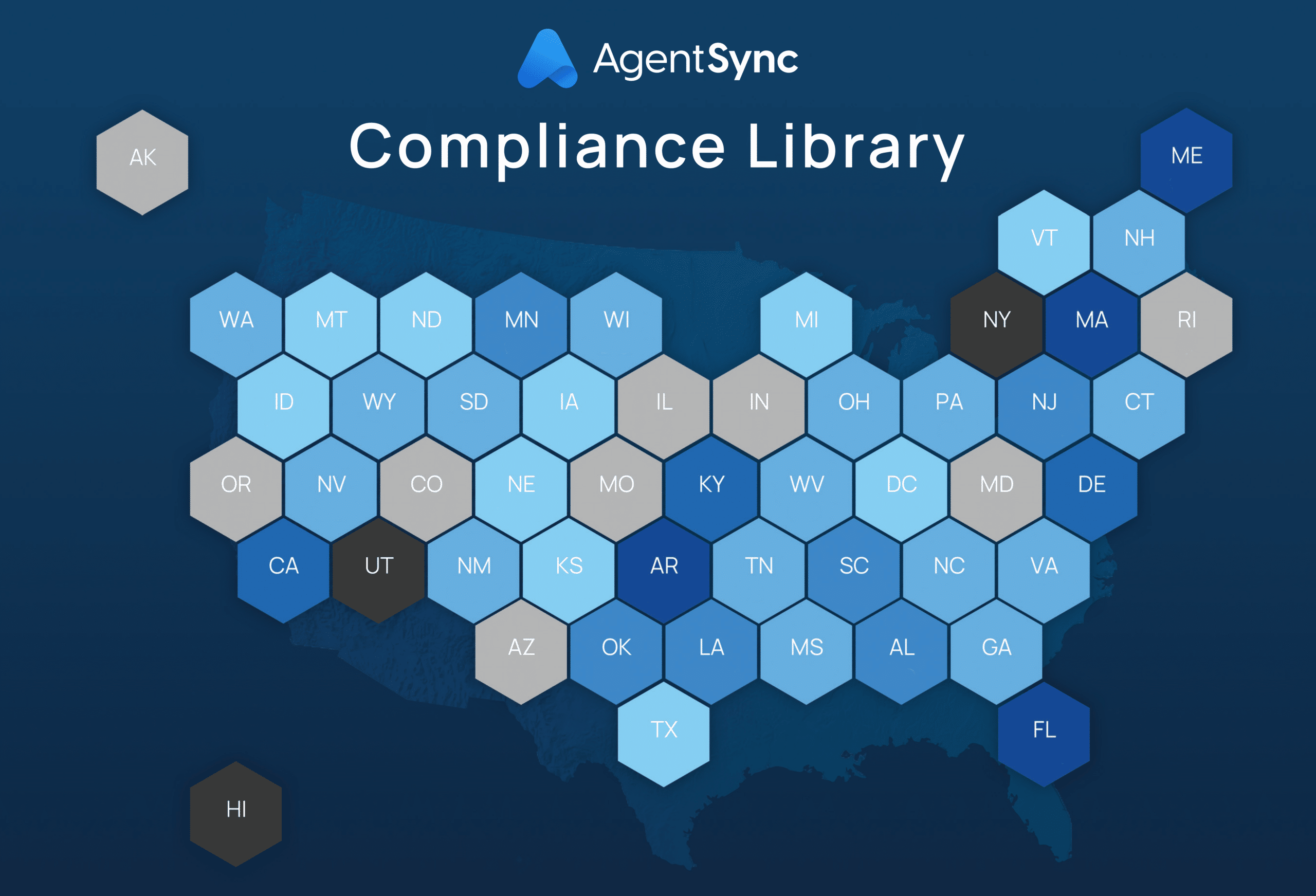

The regulatory environment of the insurance industry is both broad and deep. You may think you have a handle on things like licensing or appointment processes, but the state-based nature of insurance regulation means there’s always an exception. For example, some states use different words to describe the same thing (like insurance broker vs. insurance consultant). Others divide up lines of authority (LOAs) differently—is personal lines included under a combined property and casualty LOA, or does it fall under a separate property license or casualty license?
Complex as it may be, insurance carriers and agencies have a responsibility to translate state-specific regulatory language and to build that logic into their distribution channel management workflows for continuously compliant operations. While monitoring various data sources, decoding insurance-ese, and updating internal systems and processes to account for ongoing changes can prove challenging, if managed well, it benefits insurance organizations well beyond mitigating compliance risk. As it stands, there are two main options for regulatory data management and contextualization (three if you count just not doing it at all, but then you’ll be left dealing with the consequences).
Option 1: Leave it all to Susan in compliance
Everyone give it up for the unsung heroes of insurance distribution channel management: Compliance officers. Many of the organizations that do licensing and appointing correctly get it done because they have someone in Compliance whose entire career has been dedicated to collecting and contextualizing nitty-gritty state regulations and nuances. Some more robust organizations even have a team of compliance experts who track data about their specific “piece” of compliance in spreadsheets and notes.
While this method can work in the short term, there are a few reasons that leaving it all up to Susan in Compliance might not be the best option:
- It creates data silos: When the entire process of state regulatory data collection and maintenance is left to a single compliance officer or a small team of admins, those individuals quickly become unintentional gatekeepers of the data sets. When it’s all up to one or two people to decipher complex regulatory language and manually embed that logic into internal systems and business processes, it becomes impossible for those individuals to even take a few days off for vacation without risking business interruption or a regulatory violation. And there’s no escaping the inevitability that one day Susan in Compliance is going to retire and take all of her invaluable knowledge out the door with her.
- It’s inefficient: Hundreds of relevant changes to licensing, appointments, continuing education rules, and more occur each year. Manually combing through state regulatory changes and updating workflows to match new requirements can be a full-time job for compliance admins, especially those working with distribution partners who are licensed across multiple LOAs and sell in multiple jurisdictions. And that’s just a “keep the lights on” task. What happens when someone in accounting asks for a report on where your business spends money on licensing fees? It could take a single compliance officer days to compile accurate data and contextualize it so that distribution leaders can get a clearer sense of how to optimize for greater cost savings.
- It impedes growth: Susan might be able to handle compliance for a handful of producers selling in a handful of states, but things get dicey as your business grows and brings on new distribution partners or expands into new states or product lines. In our conversations with industry folks, one compliance officer said a single new-hire class of agents would require him to block off two weeks for manual data input and processing. And maintaining accurate data as a business grows is a whole different ball game. Successfully scaling is a lot more challenging when a change to the appointment process in Oklahoma requires your compliance admin to spend hours deciphering which license types and classes are affected.
Option 2: Embed regulatory context and logic directly into your workflows
If collecting and contextualizing state regulatory changes and updating workflows to remain compliant isn’t on Susan’s plate, how will it get done? The other option is to embed that logic directly into your operations using a modern distribution channel management (DCM) solution.
Imagine powering your processes with software that bakes state rules and regulatory updates into your workflows as they occur, alleviating the burden on your compliance team. Think of the benefit of pulling reports for state audits with accurate, contextualized distribution network data at the click of a button, rather than waiting hours or even days for a compliance admin to track everything down manually.
Beyond letting Susan in Compliance take her two week vacation to Fiji without the fear of falling out of compliance while she’s out of office, embedding regulatory context and logic directly into your workflows via a DCM solution saves your business from:
- Continuously checking state websites for the latest regulatory updates and changes
- Deciphering complex state-specific regulatory language and implementation timelines
- Updating your internal systems by hand to account for each change
- Spending hours training teams on new compliance requirements
- Losing vital compliance expertise when an employee retires
The choice is yours for regulatory data management and contextualization
But, one way or another, it has to get done. So, why not trade the manual work for a solution that lets you “set it and forget it”? AgentSync’s flagship solution, Manage, was built with this exact notion in mind. We put in the work behind the scenes, tracking relevant state changes and regulatory updates and embedding that logic directly into our products on an ongoing basis. Our founders have first-hand experience with the pain of manual compliance tracking and its limitations on scalability, which is why our solutions help ensure that compliance never competes with growth.
Discover other ways AgentSync Manage eases the pain of distribution channel management to set carriers, agencies, and other insurance enterprises up for long-term success; talk to one of our experts today.

